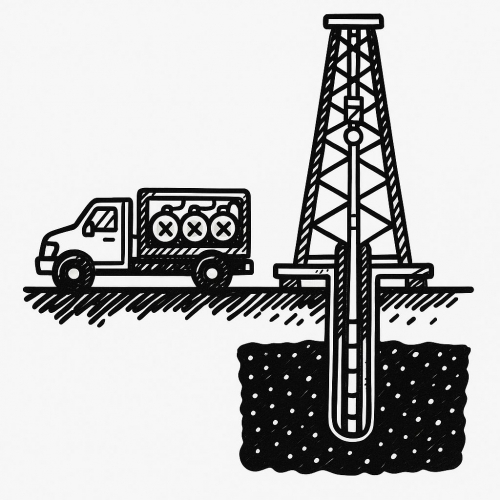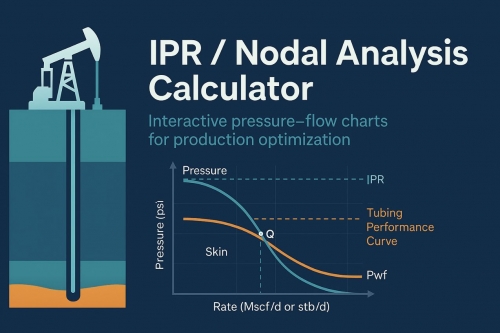Once the setting depths have been determined the next step is obviously to select the sizes of the casing strings to be set. The sizes depend on a number of things.
Two important things to know about selection of casing size:
• Hole size determines casing size.
• Hole size at any point in the well except the surface is determined by the previous string of casing.
This means that, in selecting casing size, we usually start with the casing size at the bottom of the hole and work to the top.
The size of the last string of casing run in a well generally is determined by the type of completion that will be employed. That decision usually is the function of an interdisciplinary team of reservoir, production, and drilling personnel. This decision is based on numerous criteria, so we assume, for our purposes, that the size of the last string is predetermined and proceed from that point. From the standpoint of drilling, our input into that process is to assess the risks and allow for alternatives. For example, if we know there are serious hole stability problems in an area and our drilling experience in the area is limited, we may be well advised to recommend a final size that is large enough for us to set an extra string of casing or liner and still reach the objective with a usable size of hole for a good completion. This point unfortunately too often is overlooked in the desire to keep well costs low.
Once we know the diameter of the final string of casing or liner, the process proceeds like this:
• Determine the hole size (bit size) for the final string of casing.
• Determine what diameter casing allows that size bit to pass through it. That is the size of the next string of casing.
• Repeat the procedure until all the hole sizes and casing sizes have been determined.
Many times in actual practice, casing sizes are determined by what is readily available in the company’s, partner’s, or vendor’s inventory and delivery times. The cost of leaving surplus pipe in inventory or excessive delivery times often supersede any optimum design based strictly on engineering calculations.
Precaution: After the casing strings have been designed be sure to check the drift diameters to be certain that the desired bit sizes can be accommodated.

%20(1).png)



